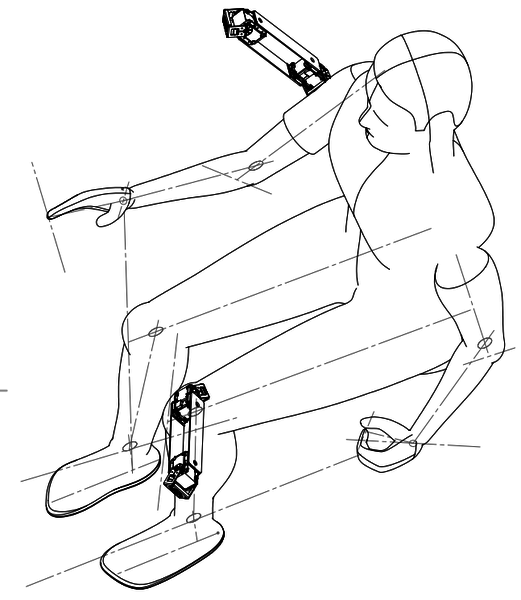Investigators at Georgia Tech have designed an ergonomic robotic limb that can be easily installed around any limb to reach and access a wide variety of locations around the human body. The algorithmic operation of the robotic limb is informed by the wearer's physical movements, brain activity, and biological signals, as well as information about the surrounding environment provided by microphones and cameras. The subject can also continuously modify the operation of the robotic limb in real-time through physical gestures.
- The limb uses Artificial Intelligence and machine learning to understand what the user wants it to do and how to perform the required tasks in a changing environment
- The limb’s movements are modeled based on human motions and therefore operate smoothly and look natural.
- Proprietary multi-limb mounting design
- Full 3D reach around human body
- Audio and video feedback provides environmental information surrounding the subject
- Receives and processes information from wearable electromyography, electroencephalography, electrocardiography and galvanic skin response
- Shared control between the human movement and the sensor based algorithmic operation
The system can assist individuals with tasks that normally require more than one person. For example, military personnel, rescue workers, and factory workers would be able to carry heavier loads. The robotic limb may further boost the wearer’s performance with faster, more sophisticated, more delicate, and more dexterous gestures. Medical professionals, musicians and painters may greatly benefit from these enhancements. In addition, it may assist disabled users as a robotic prosthetic.
Wearable robots are designed around the human body to boost or compensate for an individual’s natural ability. Early developments focused on military and medical applications but many other industries would also benefit from the enhancements provided by these machines. However, most existing wearable robots are cumbersome machines that are not accessible to the general consumer.

